Integration with Emerging Technologies
The integration of emerging technologies is a notable driver in the Low Code Development Platform Market. As organizations seek to leverage advancements such as artificial intelligence, machine learning, and the Internet of Things, low code platforms are evolving to incorporate these technologies seamlessly. This integration allows businesses to create sophisticated applications that harness the power of data analytics and automation without requiring extensive coding knowledge. The ability to quickly implement these technologies into applications enhances their functionality and user experience. As a result, the demand for low code platforms that support such integrations is expected to grow, reflecting the industry's adaptability to technological advancements.
Cost Efficiency and Resource Optimization
Cost efficiency remains a pivotal driver in the Low Code Development Platform Market. Organizations are continually seeking ways to optimize their resources while minimizing operational costs. Low code platforms facilitate this by reducing the need for extensive coding expertise, thereby allowing non-technical users to participate in application development. This democratization of development not only lowers costs associated with hiring specialized developers but also accelerates project timelines. Recent analyses indicate that companies utilizing low code solutions can achieve up to 70% faster development cycles, translating into significant cost savings and improved resource allocation. Consequently, the financial advantages of adopting low code platforms are compelling for businesses aiming to enhance their operational efficiency.
Growing Emphasis on Digital Transformation
The ongoing emphasis on digital transformation significantly influences the Low Code Development Platform Market. Organizations across various sectors are prioritizing the integration of digital technologies to enhance their operational capabilities and customer engagement. Low code platforms play a crucial role in this transformation by enabling rapid development and deployment of applications that align with digital strategies. As businesses strive to innovate and adapt to the digital landscape, the demand for low code solutions is expected to rise. Market forecasts suggest that the adoption of low code platforms will continue to expand, driven by the need for agility and responsiveness in an increasingly digital world.
Increased Demand for Rapid Application Development
The Low Code Development Platform Market experiences heightened demand for rapid application development as organizations seek to accelerate their digital transformation initiatives. Businesses are increasingly recognizing the need to deliver applications swiftly to remain competitive. According to recent data, the market for low code development platforms is projected to grow at a compound annual growth rate of over 25% through the next few years. This growth is driven by the necessity for organizations to respond quickly to changing market conditions and customer needs. As a result, low code platforms are becoming essential tools for IT departments and business units alike, enabling them to collaborate effectively and produce applications that meet evolving demands.
Enhanced Collaboration Between IT and Business Units
Enhanced collaboration between IT and business units serves as a significant driver in the Low Code Development Platform Market. Traditionally, a disconnect often existed between these two entities, leading to delays and inefficiencies in application development. Low code platforms bridge this gap by allowing business users to contribute directly to the development process, fostering a more collaborative environment. This synergy not only accelerates the development cycle but also ensures that applications are better aligned with business needs. As organizations recognize the value of this collaboration, the adoption of low code solutions is likely to increase, further propelling the market forward.
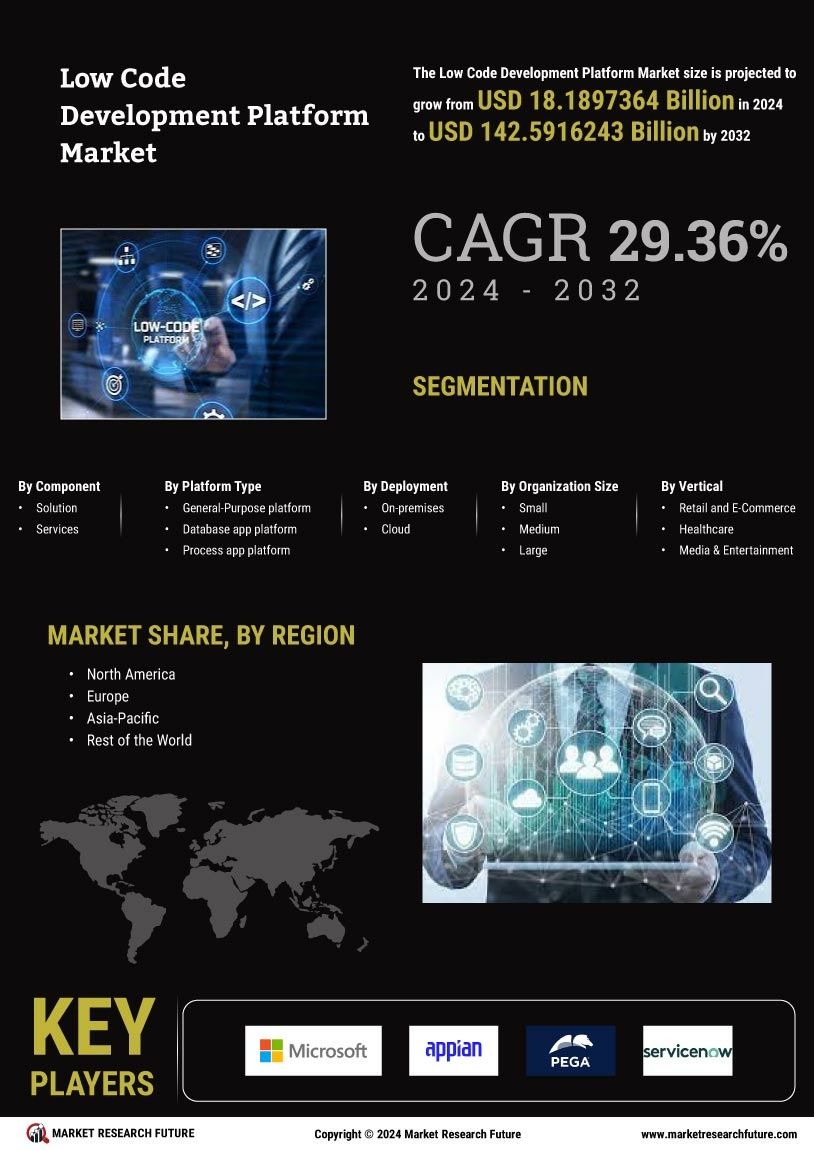

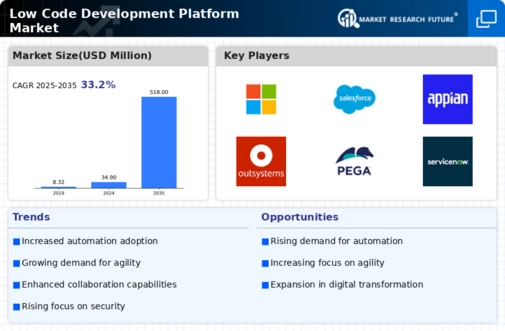
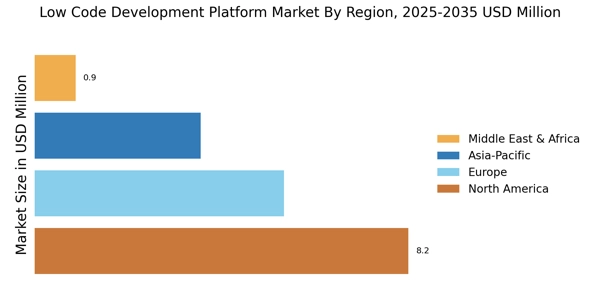
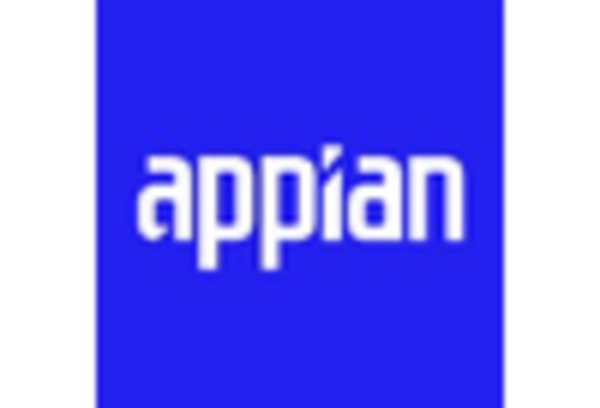
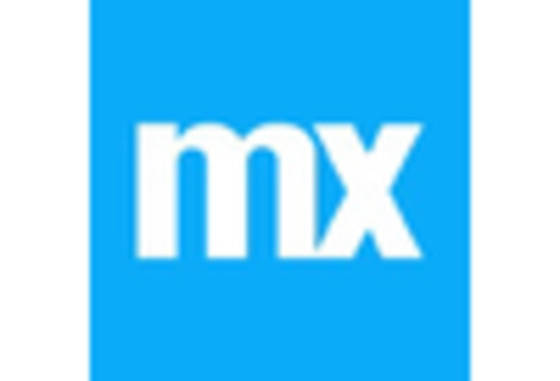
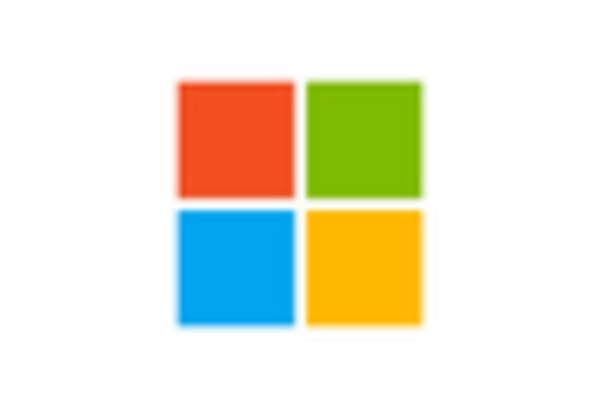
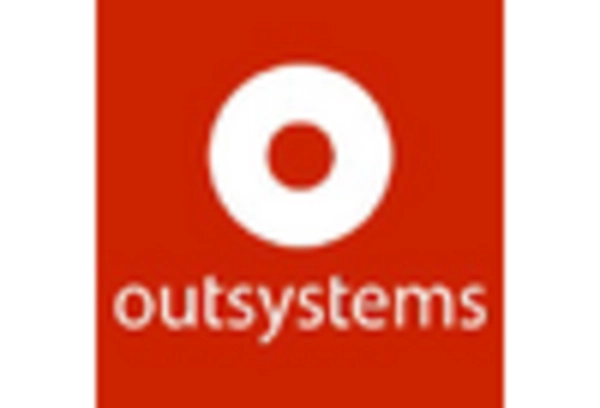
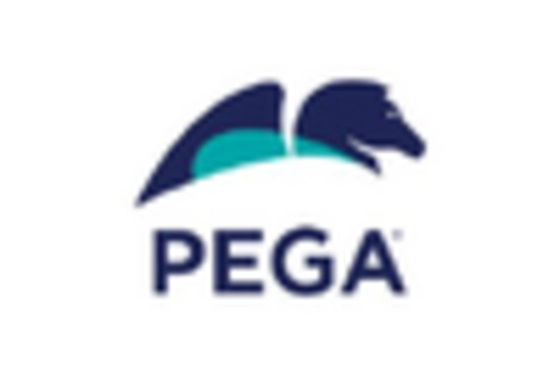
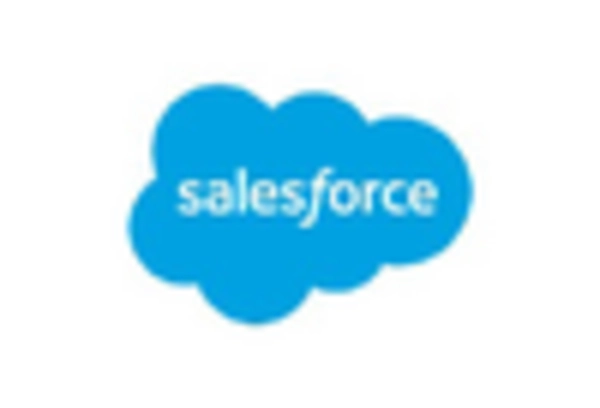








Leave a Comment